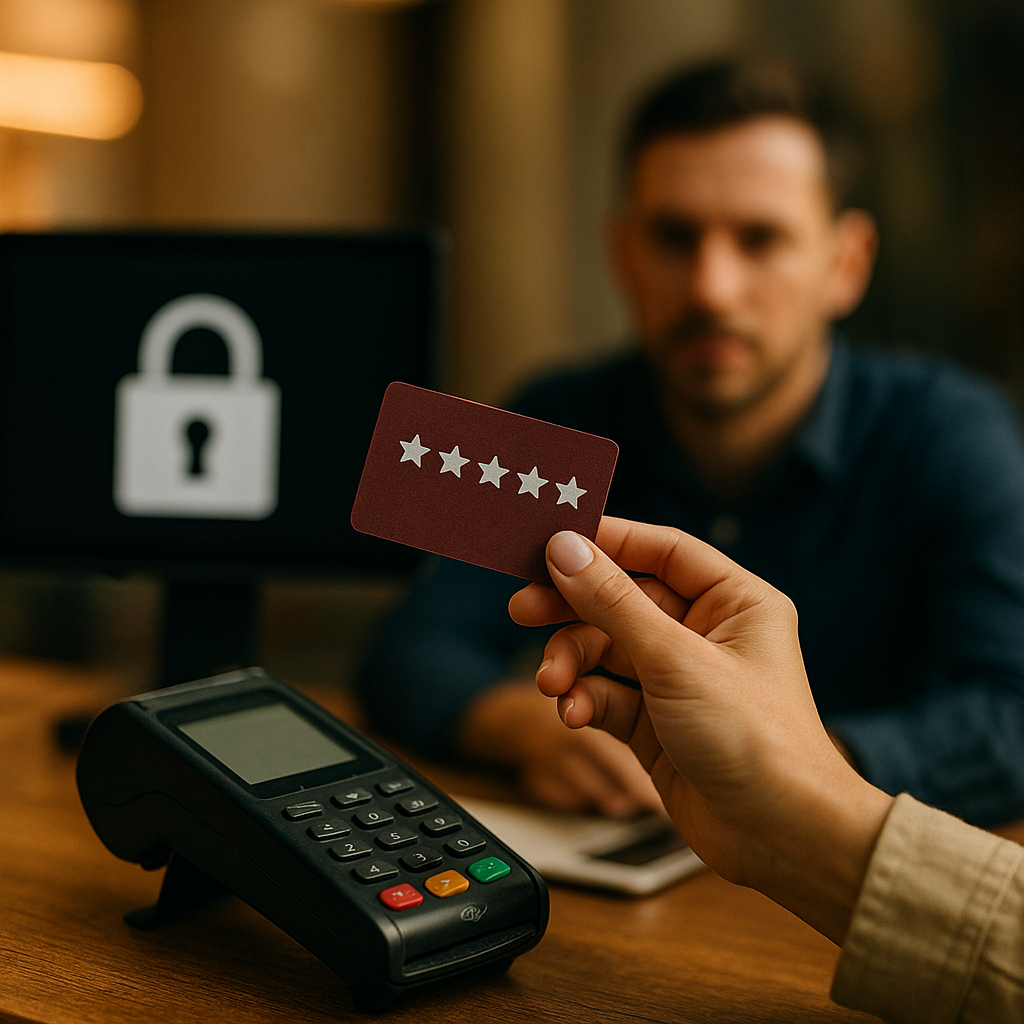A well-designed customer loyalty program can drive repeat business and foster brand advocacy, but not all programs are created equal. In this post-mortem, we analyze how a loyalty initiative became dangerously easy to game, examining its design flaws and lessons learned so your business can avoid similar missteps. Discover practical, data-backed strategies to build genuinely effective, resilient loyalty programs.
The Rise and Pitfalls of a Flawed Loyalty Program
Customer loyalty programs have become a staple for brands seeking to increase engagement and revenue. However, in a rush to launch, many businesses overlook the structural integrity of their incentives. In our review of this easily exploited program, it was clear that reward logic overreliance and loophole-laden processes left the door wide open for abuse. By recognizing these risks early, brands can better safeguard their customer loyalty efforts.
Spotting the Warning Signs: Loyalty Rewards System Failures
Several red flags can reveal when a loyalty program is vulnerable:
- Easy account creation: Minimal verification allowed customers to open multiple fake accounts.
- One-size-fits-all incentives: Uniform rewards overlooked unique customer behaviors, leading to manipulation by high-frequency, low-value buyers.
- Poor integration with POS systems: Fragmented data enabled the same transaction to earn points more than once.
- Lack of real-time auditing: Without automated monitoring, fraudulent behavior festered undetected until costs skyrocketed.
According to a 2025 MarTech survey, 19% of businesses reported “program manipulation” as a top threat to their loyalty initiatives, underscoring the importance of vigilant oversight and robust system design.
Understanding How Customers Game Loyalty Programs
For loyalty to have true value, genuine engagement—not loophole exploitation—must be rewarded. When this balance skews, the program ceases to achieve its goals. Tactics uncovered in this case study included:
- Routinely registering dummy accounts to access sign-up bonuses repeatedly.
- Splitting purchases into smaller transactions to maximize point accrual.
- Sharing reward codes across social media, circumventing intended exclusivity.
- Utilizing bots to automate referral signups, creating an artificial points network.
Behavioral data from loyalty fraud specialists in 2025 showed that programs without multi-factor authentication were four times more likely to experience these gaming methods.
Business Impact: The Real Costs of a Vulnerable Loyalty Program
The financial and reputational damage from an easily gamed program can be significant:
- Revenue loss: Unchecked point abuse forced the brand to honor discounts and freebies never truly earned.
- Operational strain: Manual audits and customer service reviews surged, diverting resources from core business functions.
- Brand mistrust: Loyal customers, seeing the system exploited, disengaged or left entirely.
- Negative reviews: Online sentiment turned sour, with authenticity of rewards questioned across platforms like Trustpilot and Google Reviews.
Industry analysts estimate that loyalty fraud cost global brands over $3.2 billion in 2025, a figure projected to rise as digital participation increases. Prevention is more cost-effective than crisis response.
Securing Your Loyalty Program: Best Practices for 2025
Drawing from this post-mortem and up-to-date expert guidance, here’s how leading businesses are protecting program integrity in 2025:
- Robust account verification: Enforce phone/email authentication, and leverage biometric or multi-factor authentication where possible.
- Dynamic reward structures: Move beyond static rewards. Use AI to tailor incentives based on patterns of legitimate customer engagement.
- Integrated POS and CRM systems: Enable seamless, unified data flows to detect duplicate transactions and prevent double-dipping.
- Real-time monitoring and alerts: Deploy algorithms that flag anomalies (e.g., abnormally high point accrual) in real time for immediate investigation.
- Limit sharing and referral abuse: Use unique, trackable referral codes, and set maximums for reward accrual within defined periods.
Transparency is also key: proactively communicate anti-fraud measures to customers to reinforce trust and deter would-be abusers.
Key Takeaways: Designing Resilient Customer Loyalty Programs
A customer loyalty program only works when it rewards genuine commitment—not cunning loophole-hunters. By prioritizing robust verification, dynamic rewards, and vigilant monitoring, brands can cultivate lasting customer engagement and deter costly abuse. Learn from past program failures to build a resilient, high-impact loyalty strategy for 2025 and beyond.
Frequently Asked Questions
- How can I detect if my loyalty program is being gamed?
Monitor for unusual signup volumes, repeated transactions from the same IP/device, and spikes in referral or sign-up bonuses. Use automated tools to flag suspicious patterns for review. - What are the most common ways customers exploit loyalty programs?
Tactics include creating fake accounts, abusing referral systems, splitting transactions, and sharing reward codes publicly. - How can technology help secure a loyalty program in 2025?
AI-driven monitoring, real-time alerts, unified data platforms, and multi-factor authentication can all reduce risk and simplify detection of fraudulent activity. - What should I do if I discover fraud within my loyalty program?
Immediately pause affected accounts, review system vulnerabilities, communicate transparently with legitimate customers, and revise program rules to close exploited loopholes. - Are digital loyalty programs more vulnerable than physical ones?
Digital programs offer convenience but also increase exposure to automated fraud. With proper safeguards, however, digital systems can be made even more secure than physical punch cards or paper-based systems.
